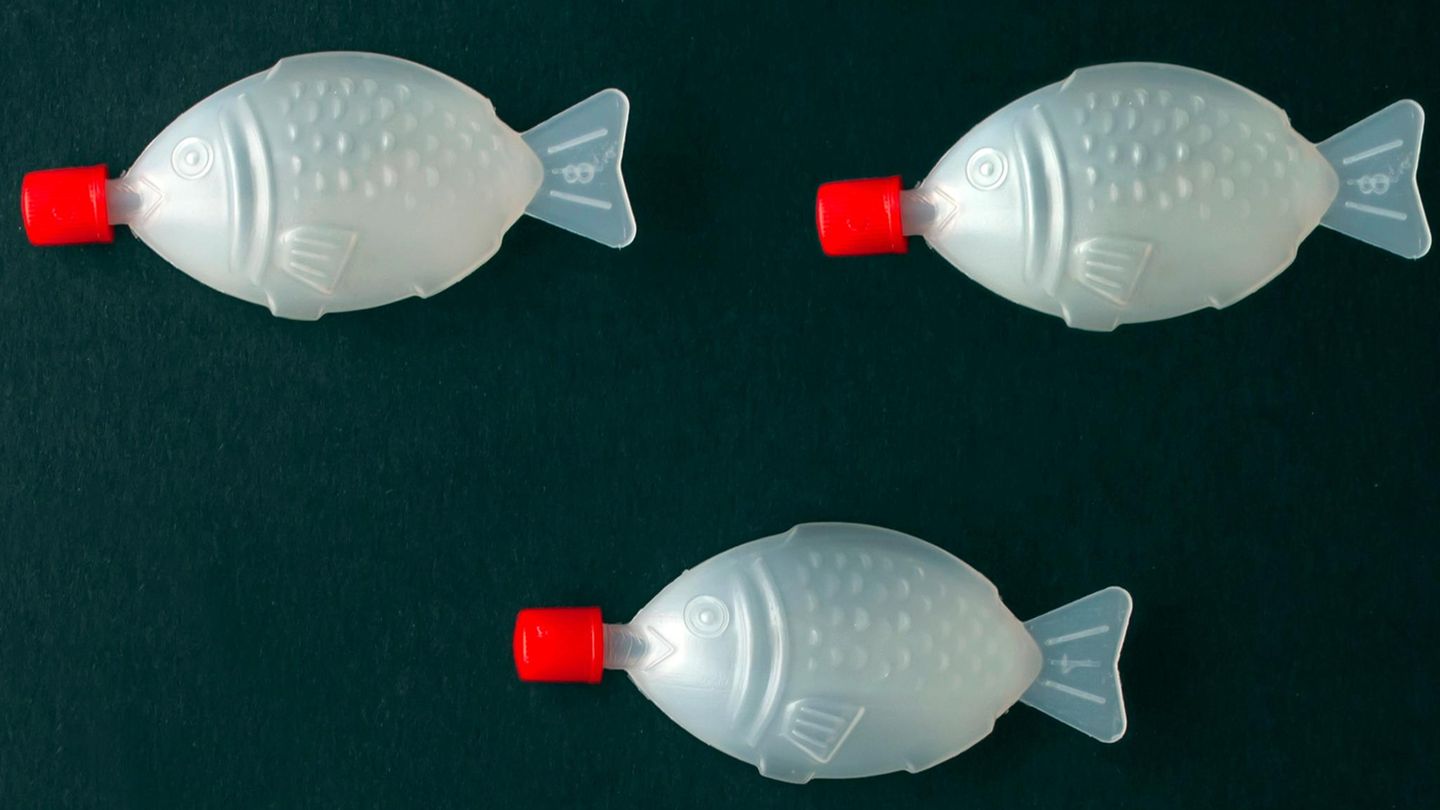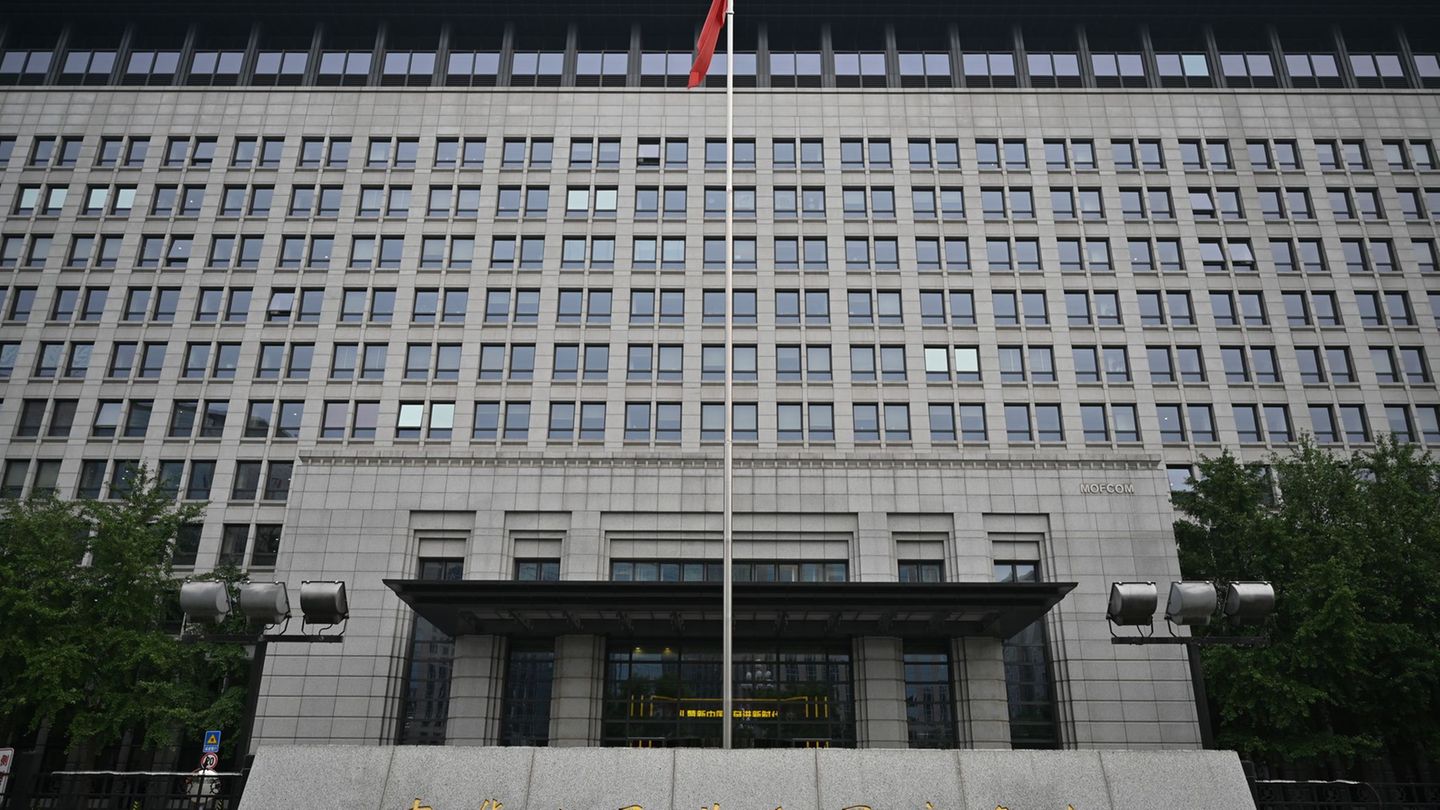Disposable
State in Australia banished as the world’s first soy sauce fish
Copy the current link
Add to the memorial list
In order to reduce plastic waste, the state of South Australia forbids small containers with soy sauce for sushi. Because the plastic fish can remain in the environment for decades.
If you buy Sushi in the Sushi supermarket, you know the small plastic fish with a red cap that are filled with the soy sauce. For many, they are a cute and integral part of the meal. In a part of Australia, sushi lovers now have to say goodbye to the small Würz animals.
From September 1st, the plastic fish in the state of South Australia are prohibited. This measure is to reduce disposable plastic, as the municipal administration of Adelaide Hills reports on it.
In addition to the soy leaves, plastic straws, plastic cutlery, which is attached to food and drink packs, are also prohibited as well as pre-packed EPS containers such as pasta cups. The Australian news site reports that the fruit and vegetable characteristics that cannot be compostable.
Plastic fish for soy sauce are an environmental problem
South Australia is the first Australian state to prohibit the soy leaves. Two other states could follow. According to the broadcaster, South Australia is even the first place worldwide where the small plastic fish are prohibited.
Environment Minister and Deputy Prime Minister Susan Close justified the ban on the sauce containers: “Every fish -shaped container is only used for a few seconds, but remains in the environment for decades or even centuries when it is thrown away.”
Due to their small size, they could be easily dropped, blown away or rinsed into the sewage system, so that they would often become beach and street waste, according to Close. When recycling, they are too small to be recorded by sorting machines, which is why they ended on landfills or in the environment. “When they are thrown away, you can crumble into microplasty that remains in floors, waters and oceans,” she quotes News.com.au. The soy sauce fish could be replaced by more sustainable alternatives.
Researcher: Other animals could eat plastic fish
Dr. Nina Woton, sea ecologist at the University of Adelaide, told the British newspaper that plastic sushi fish were harmful because they could be confused by sea creatures.
“If they have not yet crumbled into microplastics and swim around in their whole form, other organisms (…) could think they are a fish and then eat them,” said Woton.
As early as September 2023, South Australia banned several disposable plastic items, including shopping bags, stirring sticks, cups, cotton swabs, confetti as well as balloon sticks and bands. According to the government, local companies have drawn more than eight million one-way plastic items out of circulation since 2021.
Fish -shaped plastic sauce containers were made according to the Japanese transmitter invented by Teruo Watanabe in 1954. Before that, the containers were only made of glass or ceramic. The invention called “Lunch Charm” spread quickly in Japan and later worldwide.
Source: Stern
I have been working in the news industry for over 6 years, first as a reporter and now as an editor. I have covered politics extensively, and my work has appeared in major newspapers and online news outlets around the world. In addition to my writing, I also contribute regularly to 24 Hours World.




